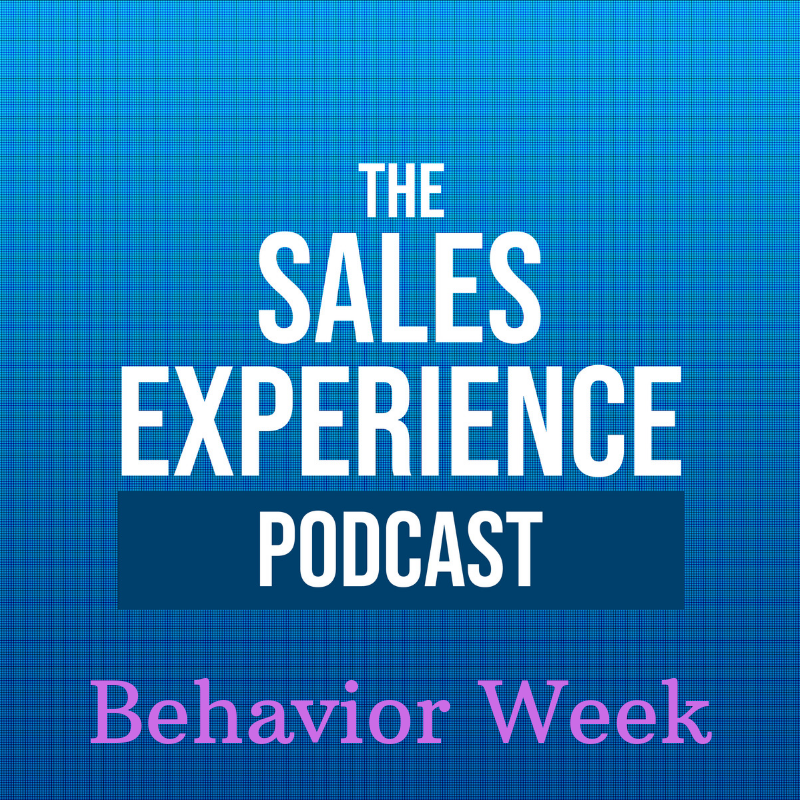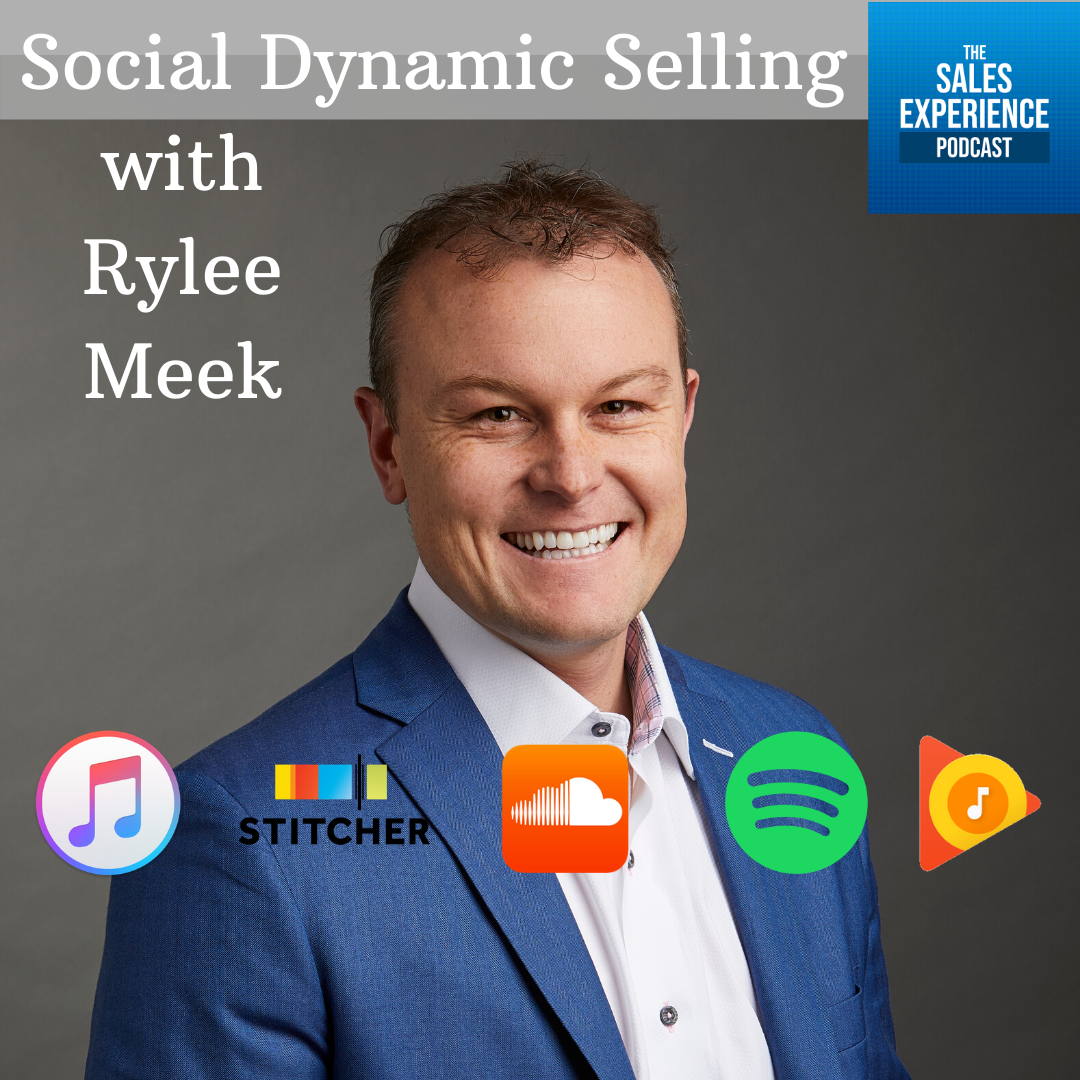Episode Transcript
[00:00:00] Speaker A: Welcome to the authentic Persuasion show. On this episode I want to replay part of a previous show. Maybe you heard the original full length episode and this could be a great refresher and reminder. Or maybe this is your first time hearing this content and the timing could be just right to help you leverage authentic persuasion today in your role, no matter what. Here's to your success.
This is the authentic persuasion show.
Now here's how you use this.
[00:00:28] Speaker B: Because if you remember in the hope step that I covered last week, it's about taking your solution, your product, your service, your idea, whatever it is that you've got, right? You could be raising money for your business from venture capitalists. Like literally, this applies to all of those situations. Trust me, I've used it, I've taught it, I've trained people on it, I've played with it in various scenarios and it works as a universal strategy. And then you fill in your part, right? The authentic persuasion piece is you and what you bring to the table. So in that hope step, it was all about your solution and then what they need or want. But again, remember, the key is you have to understand why they want or need what it is that you're selling. Okay, that's so important. I'm gonna say this again because I haven't mentioned a few weeks. You have to know why they want or need what it is that you are selling. And that was the goal of the empathy step, which is the discovery, probing question, asking like getting that information from people and digging as deep as they will let you and as deep as you can go, you need that one piece of information. You need to know that, okay? And if you want to worksheet on getting to that point, asking those questions and how to figure that out in your sales process so you can get that information. Email me jasonuttterconsultinggroup.com dot happy to send you the worksheet that I have that I give to companies and they use that. So the thing is, you've got to know that why in your hope step, remember, you're taking that why and you're applying it to them and your solution and that intersection, right? Why do they want this? Well, here's what I have and here's why you would want it, and here's why it helps you. It's not that my solution is, is going to help everybody the same way. And even if it does, you still want to make it personalized, which is, here's my solution. Here's how it's going to help you achieve the goal that you want. Get out of pain, get the thing that you want. Be happy, have a fun experience, buy something that you like, and that you're just trying to justify mentally, like, whatever that is. You've got to know why the deepest level, and then you solve that why with the hope step and with what you have that is so important that I'm telling you is the solution. And the key part to avoid the follow up trap, and here is why. So for most people, they're not closing 100% in the moment, and they're not closing 100% of the people in one call all the time. And again, I explained why I don't even want that for most people because it means you're probably not doing a great job, especially as a sales professional.
And so then what happens is that you've got to do follow ups, right? I'm going to call you next week and I'm going to do this or you're going to do that. I'm going to follow up whatever that looks like. Here is the key. You've got to know that one question. You've got to know the answer to that one question, which is why do they want or need what it is that I am selling? When you do, your follow ups sound totally different because here's how most follow up sound. Hey, this is Jason. I'm just checking in. Wanted to see if you were still interested in moving forward and if you're ready to buy. And so that's what a lot of voicemails, phone calls, emails, texts, a lot of it are in that frame. But I'm just checking in. I just want to see if you're ready.
And in my estimation, and my experience is what you're hoping for, this is back to the hope that I mentioned the beginning, not the good hope that we're talking about, but it's the hope that my phone call as a salesperson will be at the intersection of you knowing that you want to move forward or have forgot that you wanted to move forward. And this is a perfect reminder. Oh, yeah, that's right. I wanted to buy that thing, right. Or I wanted to sign up for that thing. So it's really hope, which is the intersection of me calling a couple of times this week and sending some emails and doing some things like that's going to be what's going to make this deal happen, and you're really hoping that intersection is what makes your deal happen.
All right, so that's one strategy. That's a common strategy. Uh, it's not a very effective strategy in my, in my mind, as you're hoping for that intersection, the probability that the stars line up, especially if you're making phone calls, you're hoping that the time when you make that phone call is also the time when they want that phone call, and then also they want that reminder about that thing they haven't bought yet, and then that, that synergy just works out. Right? That's what you're hoping for in that timing. And a lot of people play that game. They play the numbers game. They think if I just do that enough times, it's all going to work out a better approach. Leveraging what I talked about, which is why do they want or need this? The stuff you talked about in the hope step and then where you leave things off at the next step that we'll get to next week, is that your voicemails and your messages want to be more directed at that. Hey, John, it's Jason. I am following up because we spoke last. You wanted XYZ because of this issue that you told me, or this is your situation, or you were hoping to solve this or achieve this thing, or you, you know, go towards this goal. And I'm just following up because I know that you said that was important to you. Uh, and I just want to help make that happen and support you in any way I can, whatever that looks like for you. And I work on a lot of custom scripting for companies, for sales reps to help them with that follow up. But the key is you've got to know that piece of information. Otherwise, you're just hoping, you're just hoping those messages work. But if you know that piece of information, you know why it is they would want it, then you're reminding them. And of course, that might sound very similar, might sound like I'm saying the same thing, but I'm trying to be fancy with it or trying to make it sound special, which is I'm also still at the intersection of me calling, following up, emailing, texting, and them realizing they want it. The difference is, again, keep in mind, if they don't buy on the spot with you, they don't sign up today, and you leave that interaction, the meeting, there's a good chance they're going to revert back and go back into their comfort zone, into their safety and what they know and avoid that change. It's what we've been talking about now for the better part of 13 weeks. The reason why it's important to know is that that's what's going to happen. If they didn't buy, they're going to retreat somewhat. Right. If they were ready, they would have bought. And so your job is to help remind them what did they want? What did they want that's on the outside of that comfort zone that was requiring change, which is what they're afraid of. And if you can remind them of that, you can help pull them out of that and get them back on the path. That's what you're doing every time you're following up, is you're getting people back on the path and trying to move them closer and closer to that finish line where they embrace change. They realize it's safe. They realize that you're the guide in this whole thing and that you're helping them be the hero, and you're reminding them, why do they want it?
![[749] Advanced Follow-Up Tactics](https://episodes.castos.com/salesexperiencepodcast/images/1724330/c1a-4d8w-qxjok4rjbwq9-xueuix.png)


